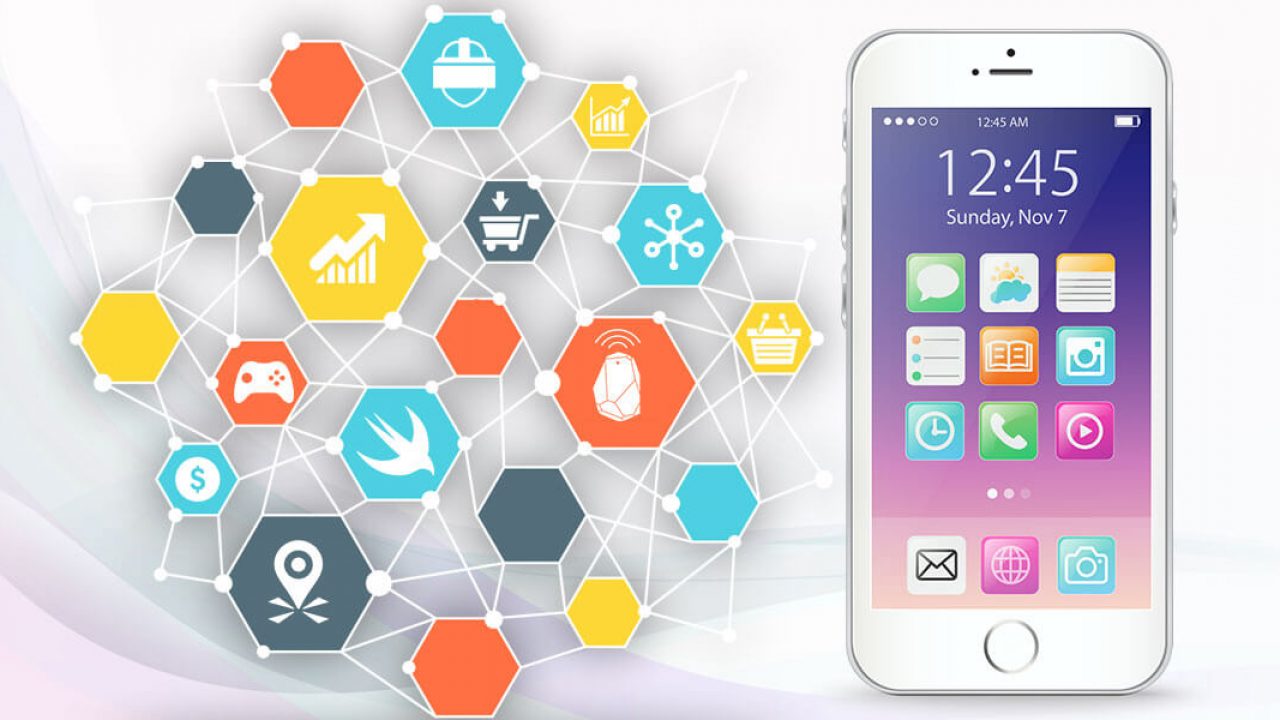In the rapidly evolving landscape of mobile app development, one of the most critical decisions an iPhone app development company must make is selecting the right tech stack. The tech stack, which encompasses the programming languages, frameworks, and tools used in the app’s development, plays a pivotal role in determining the app’s performance, scalability, and overall success. In this article, we will explore the significance of choosing the right tech stack and delve into the key factors that guide this crucial decision.
The Tech Stack’s Impact on iPhone App Development
The tech stack is the foundation upon which an iPhone app is built. It influences several essential aspects of app development:
1. Performance: The choice of programming language and framework significantly impacts an app’s speed and responsiveness. A well-optimized tech stack can ensure smooth user interactions and swift load times.
2. User Experience: The tools and frameworks in the tech stack can affect the app’s user interface (UI) and user experience (UX). A thoughtfully chosen stack can enable the development of visually appealing and intuitive apps.
3. Scalability: Scalability is crucial, especially for apps that anticipate rapid growth in user base or functionality. The right tech stack can make it easier to scale the app as needed.
4. Development Efficiency: Some tech stacks offer a more streamlined development process, allowing developers to write code more efficiently and reduce time-to-market.
5. Maintenance and Updates: The choice of tech stack can impact how easy it is to maintain and update the app in the long run. A well-supported stack can simplify the process of fixing bugs and adding new features.
Factors Influencing Tech Stack Selection
When an iPhone app development company embarks on a new project, several factors come into play when selecting the appropriate tech stack:
1. Project Requirements:
- App Type: The nature of the app (e.g., gaming, social networking, e-commerce, etc.) determines the tech stack to a great extent. For instance, a gaming app might require a different stack than a productivity app.
- Complexity: The complexity of the app’s features and functionalities should align with the capabilities of the chosen tech stack.
- Platform: Deciding whether the app will be developed natively for iOS or cross-platform also affects the tech stack. Cross-platform frameworks like React Native and Flutter have gained popularity for their ability to target multiple platforms with a single codebase.
2. Developer Expertise:
- Team Skills: The proficiency of the development team in specific programming languages and frameworks is a critical factor. Leveraging their existing expertise can expedite development and improve code quality.
- Learning Curve: If the team needs to learn a new technology, it may slow down development initially. Assess the time available for this learning curve against project deadlines.
3. Performance Requirements:
- Speed: Certain apps demand high performance, such as real-time gaming or video streaming apps. Choosing a tech stack optimized for speed is crucial in these cases.
- Resource Efficiency: Some apps must run efficiently to conserve device resources like battery life and memory. The tech stack should support resource-efficient coding practices.
4. Third-Party Integrations:
- API Compatibility: If the app requires integration with third-party APIs (e.g., payment gateways, social media platforms), ensure that the chosen tech stack has libraries or support for these integrations.
- Plugin Availability: Evaluate the availability of plugins or extensions that can simplify the integration process.
5. Scalability and Future Growth:
- Long-term Vision: Consider the app’s long-term vision. Will it require frequent updates and new features? The tech stack should be conducive to agile development and scalability.
- User Base: Anticipate the growth of the user base. The tech stack should support scaling the app infrastructure to accommodate increasing user loads.
6. Budget Constraints:
- Licensing Costs: Some technologies come with licensing fees that may impact the project budget. Evaluate the cost-effectiveness of the tech stack in relation to the project’s financial constraints.
- Development Time: The tech stack’s impact on development time can affect labor costs. Balancing cost and time considerations is crucial.
7. Community and Support:
- Community Size: A robust developer community can provide valuable resources, libraries, and support. Tech stacks with larger communities often lead to quicker issue resolution and innovation.
- Documentation: Access to comprehensive documentation and tutorials can accelerate development and troubleshooting.
Examples of Popular Tech Stacks for iPhone App Development
Let’s explore some popular tech stacks commonly used in iPhone app development:
1. Native iOS Development:
- Programming Language: Swift or Objective-C.
- Development Environment: Xcode.
- Frameworks: UIKit for building the user interface.
Native development offers maximum performance and access to all iOS features but can be time-consuming for cross-platform compatibility.
2. Cross-Platform Development:
- React Native:
- Programming Language: JavaScript or TypeScript.
- Development Environment: Expo or React Native CLI.
- Framework: React Native.
- Flutter:
- Programming Language: Dart.
- Development Environment: Flutter SDK.
- Framework: Flutter.
Cross-platform frameworks like React Native and Flutter allow code sharing between iOS and Android, speeding up development while maintaining a native feel.
3. Backend Development:
- Server-side Language: Node.js, Ruby on Rails, Python, or others.
- Database: MySQL, PostgreSQL, MongoDB, or others.
- Cloud Services: AWS, Google Cloud, or Azure.
Backend tech stacks play a crucial role in data management, API development, and scalability.
Also Read : Keep an eye out for the Top iPhone App Development Trends for 2023!
Conclusion
Choosing the right tech stack is undeniably one of the most critical decisions an iPhone app development company can make. It sets the foundation for the app’s performance, user experience, and long-term viability. By carefully evaluating project requirements, developer expertise, performance needs, third-party integrations, scalability, budget constraints, and community support, development teams can make informed decisions that lead to successful and innovative iPhone app development. As the mobile app landscape continues to evolve, staying updated on emerging technologies and trends remains essential for making the best tech stack choices and delivering cutting-edge iPhone applications.

